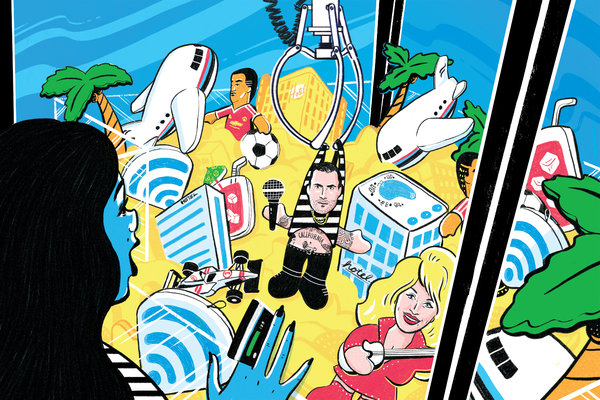There is no shortage of generalizations about America’s younger generations, but one that definitely rings true is their desire to travel, and travel often.
According to Travelport’s 2018 U.S. Vacation Survey, more than half of millennials (55 percent) were planning on traveling more over the next 12 months, compared to 31 percent from Generation X and 20 percent of baby boomers.
Millennials are also redeeming more travel rewards than any other generation, based on a 2018 survey by Discover, even as the industry’s traditional points and miles-based rewards programs don’t always match up well with the wants of younger travelers, according to industry research.
That, however, is beginning to change, as new companies are entering the market to attempt to address the needs of younger travelers while traditional rewards programs are also expanding into new directions.
“As millennial and Gen Z consumers reach the income and age thresholds where travel becomes more attainable and frequent, they’re bringing their own attitudes to loyalty, rewards and other incentive programs,” said Craig Brennan, CEO of Switchfly, an e-commerce platform that works with major travel brands like British Airways and Marriott on developing their loyalty programs.
A frequent lack of flexibility and transparency about the value of loyalty points are just some aspects of some traditional rewards programs that don’t go over well with younger travelers, said Lin Dai, the chief executive and co-founder of Hooch, a smartphone app that rewards purchases with over 250,000 merchants. The company recently released an expanded subscription-based program called Hooch Black.
“Points and miles were really popularized by airlines almost 30 or 40 years ago, so it can use a little update by now,” Mr. Dai said.
More flexibility, please
“Traditional rewards programs basically lock you into purchasing from one brand and then spending the rewards back with that one brand. As a result, it takes a long time to both earn and redeem, and the redemption options over the years have gotten less and less,” Mr. Dai said.
One twist Hooch brings to the traditional model includes exclusive and significant discounts on hotel bookings for members, which is currently a rarity within the travel rewards industry.
“There’s a traditional thinking in the loyalty industry that when consumers are spending points, it’s O.K. to charge them full price because it’s like monopoly money to the consumer. We think we should just get the consumer the deepest discount whether or not they’re spending cash or their rewards dollars,” Mr. Dai said.
But the rewards programs of some major airlines and hotels are taking their own steps to satisfy those members who desire more flexibility.
British Airways Executive Club members can now use Avios, its rewards currency, to select and purchase airline seats, make duty-free purchases and book cruises.
With its new Marriott Bonvoy program, Marriott has expanded its offerings to allow travelers to bid on more than 120,000 experiences, including the Coachella music festival and others aimed at younger travelers.
“Millennials are constantly on the hunt for products and accessories that let them blur the line between work and play,” said David Flueck, the senior vice president for global loyalty at Marriott. “We’ve learned what they desire today might be different from what they want tomorrow, so choice and flexibility are key.”

One reason experience-based rewards appeal more to younger travelers is that they tend to have lower point balances than older travelers, whether it be from a lack of allegiance to specific brands, or because they are early in their careers and have had less exposure to travel, Mr. Brennan explained.
“By offering redemptions for experiences, which tend to have a lower price point than flights or hotels, travel brands can offer younger travelers what they desire while simultaneously encouraging their participation in the loyalty program, even with a low loyalty balance or status,” he said.
For this reason, Switchfly has built features into their booking engine to allow travelers to redeem points, or combinations of points and cash, for travel experiences.
Getting personal
Some travel brands are also beginning to see the value of personalizing their rewards programs, which research conducted by Switchfly and others has shown is attractive to not just younger travelers but appeals across generations.
According to an ICEF Monitor study, 86 percent of all travelers “like or value personalized offers,” and “more advancement in this area will likely bring more success for travel companies.”
Fairmont Hotels send members of its loyalty programs personalized emails based partly on past and current trip data. But personalization is still an area for improvement, Forrester Research found in a 2017 study that only 55 percent of brands are effectively personalizing their rewards programs.
“As younger generations have demonstrated their willingness to share their personal data to gain access to curated, tailored offerings, using data as the focal point of loyalty program design ensures greater success,” Mr. Brennan said. “Personalization will be a key differentiator for travel brands.”






